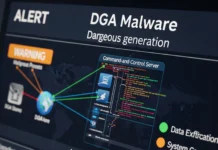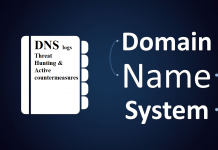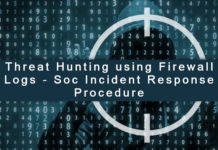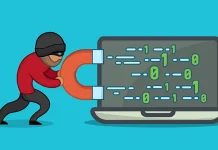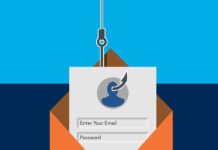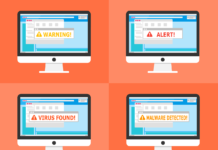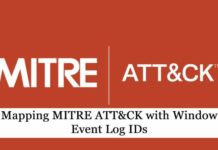The internet is full of platforms that promise fast returns, quick wins, or simple ways to make money. Some are credible. Many are not. Sorting between the two is a challenge not just for casual users but also for security analysts and response teams who must separate legitimate business models from hidden risks.
One example is the rise of online platforms offering direct access models that claim to cut out middlemen. A page promoting ufabet เว็บตรงไม่ผ่านเอเย่นต์ shows how these offers are framed in appealing ways. While this may sound convenient, analysts and everyday users alike should pause and ask: how can we know if an offer is trustworthy?
This post provides a simple checklist of signals, both technical and non-technical, that anyone can use to make smarter judgments when facing digital offers.
Why Trust Matters in Online Platforms
Trust is the currency of the internet. Without it, transactions collapse, users leave, and reputations crumble. A platform that feels shady or unreliable quickly drives people away. On the other hand, one that clearly communicates its policies, keeps data safe, and delivers what it promises can build loyalty.
For incident responders or SOC teams, assessing trust goes beyond personal caution. It means protecting organizations from scams, phishing attempts, or financial loss. Even for regular users, knowing what to look for helps avoid costly mistakes.
The Checklist: Technical Signals to Review
When analyzing an online service or offer, the technical layer provides important early clues. While none of these on their own prove legitimacy, together they give a clearer picture.
- SSL Certificate: A secure site should always use HTTPS. Look for valid certificates and check whether they are issued by recognized authorities.
- DNS History: Frequent domain changes or recent registrations can be red flags. Stability often indicates reliability.
- Transparency in Terms of Service: Check if policies are available, detailed, and consistent. Vague or missing terms suggest risk.
- Affiliate or Referral Schemes: Offers that heavily depend on referrals often need extra scrutiny. They may be structured for marketing rather than genuine user benefit.
These steps don’t require deep technical skill. Free tools exist to check SSL, WHOIS data, and domain history. A quick scan can reveal whether a platform deserves closer inspection.
Non-Technical Clues That Matter
Even without technical know-how, anyone can spot patterns that raise questions. Security analysts often look here too, since user-facing signs can be just as telling as hidden code.
User Feedback
Look for honest, diverse reviews. If comments seem too polished, identical, or overwhelmingly positive, something may be off. Balanced reviews with pros and cons are a better sign.
Transparency
How much does the platform reveal about itself? Clear contact details, verified company registration, or open communication channels show accountability. Vague “about us” pages or no clear support contact suggest caution.
Tone of Promises
If the offer guarantees “easy money” or “no risk,” skepticism is wise. Legitimate services may highlight benefits, but they also explain potential limits or requirements.
Balancing Skepticism and Openness
Not every online offer that looks unusual is fraudulent. New platforms often lack reviews or long histories simply because they are young. Analysts and users should weigh the evidence instead of dismissing opportunities outright.
The checklist helps provide balance. It is not about saying “everything is a scam,” but about giving yourself time to pause and ask the right questions before committing.
Why This Matters for Analysts and Everyday Users
For SOC teams, spotting risks early reduces response costs and keeps organizations safer. For individuals, applying even a portion of the checklist can prevent wasted money or stolen information.
Ultimately, evaluating trustworthiness is about building habits. Just as you wouldn’t sign a contract without reading it, you shouldn’t dive into online offers without examining the signals.
Putting the Checklist Into Practice
Let’s say you encounter a platform that advertises quick returns or promotes itself as “direct.” Before you click through or enter payment details, ask:
- Does the site have proper encryption?
- Can you trace who owns the domain?
- Are the terms clear and fair?
- What do users outside of the platform say?
Answering these questions takes minutes, but the protection it provides can save months of stress.

Photo by Tima Miroshnichenko
Conclusion
The digital landscape is full of offers designed to capture attention. Some are valid, others less so. By applying a mix of technical checks and common-sense observations, users and analysts can better separate trust from trickery.
The checklist is not about paranoia. It is about awareness. The more practiced you become at spotting signals, the easier it gets to engage confidently with new platforms without leaving yourself exposed.





